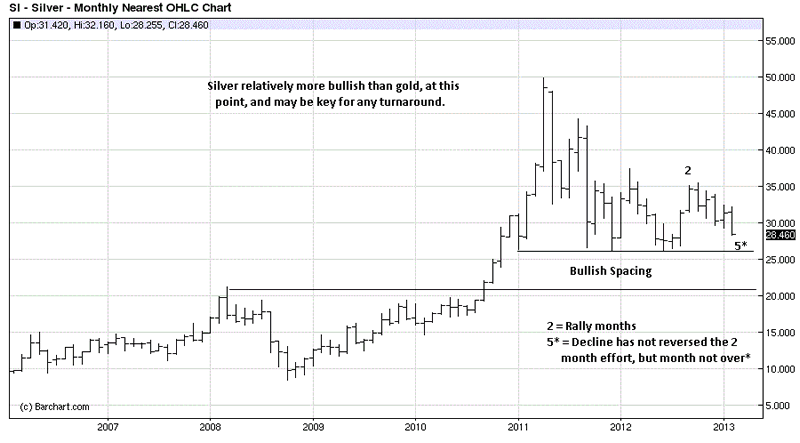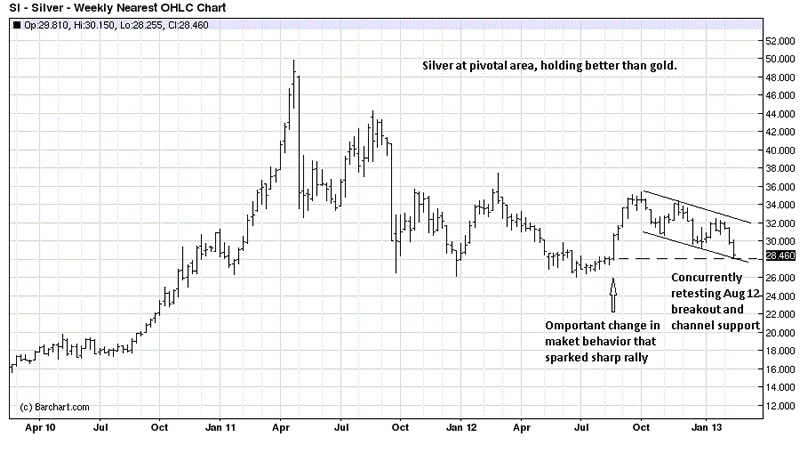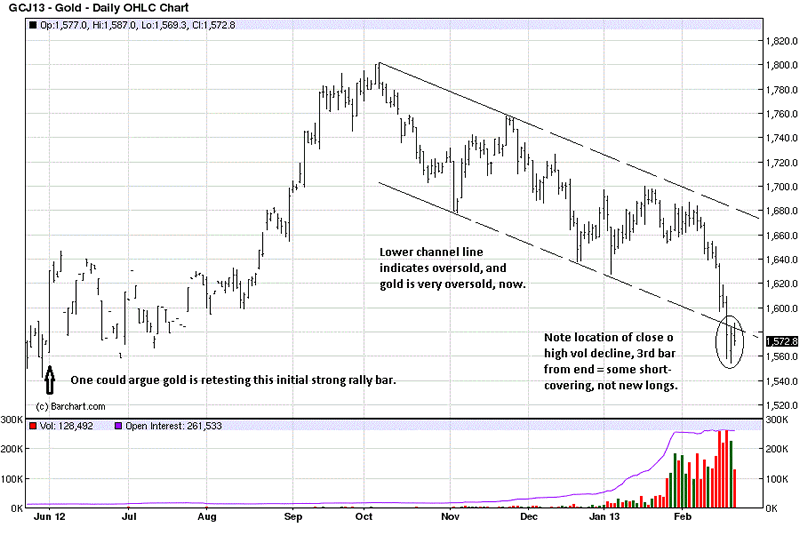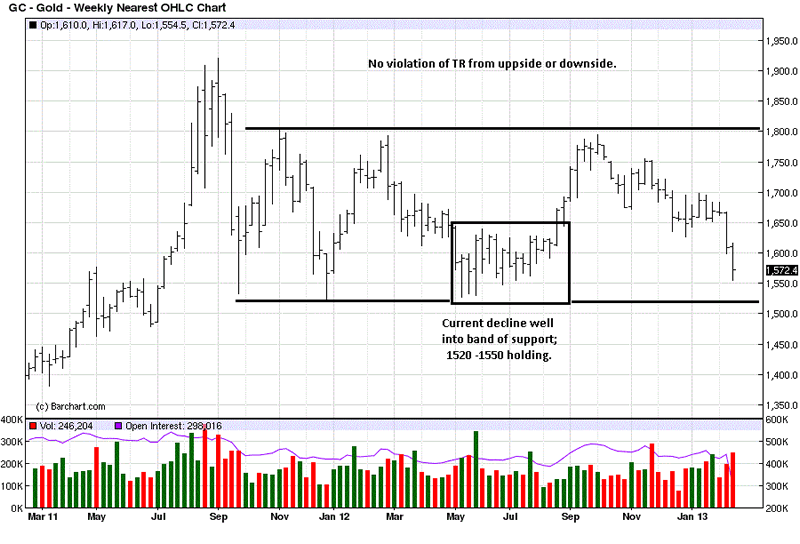Feb. 28, 2013 ? New research from the University of Georgia has identified the neural pathways in an insect brain tied to eating for pleasure, a discovery that sheds light on mirror impulsive eating pathways in the human brain.
"We know when insects are hungry, they eat more, become aggressive and are willing to do more work to get the food," said Ping Shen, a UGA associate professor of cellular biology in the Franklin College of Arts and Sciences. "Little is known about the other half-the reward-driven feeding behavior-when the animal is not so hungry but they still get excited about food when they smell something great.
The fact that a relatively lower animal, a fly larva, actually does this impulsive feeding based on a rewarding cue was a surprise."
The research team led by Shen, who also is a member of the Biomedical and Health Sciences Institute, found that presenting fed fruit fly larvae with appetizing odors caused impulsive feeding of sugar-rich foods. The findings, published Feb. 28 in Cell Press, suggest eating for pleasure is an ancient behavior and that fly larvae can be used in studying neurobiology and the evolution of olfactory reward-driven impulses.
To test reward-driven behaviors in flies, Shen introduced appetizing odors to groups of well-fed larvae. In every case, the fed larvae consumed about 30 percent more food when surrounded by the attractive odors.
But when the insects were offered a substandard meal, they refused to eat it.
"They have expectations," he said. "If we reduce the concentration of sugar below a threshold, they do not respond anymore. Similar to what you see in humans, if you approach a beautiful piece of cake and you taste it and determine it is old and horrible, you are no longer interested."
Shen's team also tried to further define this phenomenon-the connection between excitement and expectation. He found when the larvae were presented with a brief odor, the amount of time they were willing to act on the impulse was about 15 minutes.
"After 15 minutes, they revert back to normal. You get excited, but you can't stay excited forever, so there is a mechanism to shut it down," he said.
His work also suggests the neuropeptides, or brain chemicals acting as signaling molecules triggering impulsive eating, are consistent between flies and humans. Neurons receive and convert stimuli into thoughts that are then relayed to the downstream mechanism telling the animals to act. These signaling molecules are required for this impulse, suggesting the molecular details of these functions are evolutionarily tied between flies and humans.
"There are hyper-rewarding cues that humans and flies have evolved to perceive, and they connect this perception with behavior performance," Shen said. "As long as this is activated, the animal will eat food. In this way, the brain is stupid: It does not know how it gets activated. In this case, the fly says 'I smell something, I want to do this.' This kind of connection has been established very early on, probably before the divergence of fly and human. That is why we both have it."
Impulsive and reward-driven behaviors are largely misunderstood, partially due to the complex systems at work in human brains. Fly larvae nervous systems, in terms of scheme and organization, are very similar to adult flies and to mammals, but with fewer neurons and less complex wirings.
"A particular function in the brain of mammals may require a large cluster of neurons," he said. "In flies, it may be only one or four. They are simpler in number but not principle."
In the fly model, four neurons are responsible for relaying signals from the olfactory center to the brain to stimulate action. Each odor and receptor translates the response slightly differently. Human triggers are obviously more diverse, but Shen thinks the mechanism to appreciate the combination is likely the same. He is now working with Tianming Liu, assistant professor of computer science at UGA and member of the Bioimaging Research Center and Institute of Bioinformatics, on a computer model to determine how these odors are interpreted as stimuli.
"Dieting is difficult, especially in the environment of these beautiful foods," Shen said. "It is very hard to control this impulsive urge. So, if we understand how this compulsive eating behavior comes about, we maybe can devise a way, at least for the behavioral aspect, to prevent it. We can modulate our behaviors better or use chemical interventions to calm down these cues."
Share this story on Facebook, Twitter, and Google:
Other social bookmarking and sharing tools:
Story Source:
The above story is reprinted from materials provided by University of Georgia. The original article was written by April Reese Sorrow.
Note: Materials may be edited for content and length. For further information, please contact the source cited above.
Journal Reference:
- Yonghua Wang, Yuhan Pu, Ping Shen. Neuropeptide-Gated Perception of Appetitive Olfactory Inputs in Drosophila Larvae. Cell Reports, 2013; DOI: 10.1016/j.celrep.2013.02.003
Note: If no author is given, the source is cited instead.
Disclaimer: This article is not intended to provide medical advice, diagnosis or treatment. Views expressed here do not necessarily reflect those of ScienceDaily or its staff.
Source: http://feeds.sciencedaily.com/~r/sciencedaily/top_news/top_health/~3/w47egAsfD9E/130228124644.htm
what time is it current time a thousand words my sisters keeper kirby sarah palin cbi
 The Internet didn?t kill TV! According to Mike Proulx, the Internet has become TV?s best friend. Proulx will be the opening keynote speaker at SES New York 2013. The leading event for experienced marketing and advertising professionals will take place March 25-28, 2013, at the New York Marriott Marquis.
The Internet didn?t kill TV! According to Mike Proulx, the Internet has become TV?s best friend. Proulx will be the opening keynote speaker at SES New York 2013. The leading event for experienced marketing and advertising professionals will take place March 25-28, 2013, at the New York Marriott Marquis.




 Developing market activity is the best and most reliable source for market information. All you have to do is follow what the activity is saying, and you will have the clearest idea of where the market is headed. For the near term, of heightened concern for many, the market says the current decline is far from over. Price may not be far from the low of the decline, but the trend is down, and it takes time to turn a trend around, so do not expect to see a dramatic rise in the price of either gold or silver.
Developing market activity is the best and most reliable source for market information. All you have to do is follow what the activity is saying, and you will have the clearest idea of where the market is headed. For the near term, of heightened concern for many, the market says the current decline is far from over. Price may not be far from the low of the decline, but the trend is down, and it takes time to turn a trend around, so do not expect to see a dramatic rise in the price of either gold or silver.










 Shelly Palmer Digital Leadership Podcast Episode #25 ? Joe Atkin, President & CEO of Goal Zero
Shelly Palmer Digital Leadership Podcast Episode #25 ? Joe Atkin, President & CEO of Goal Zero

